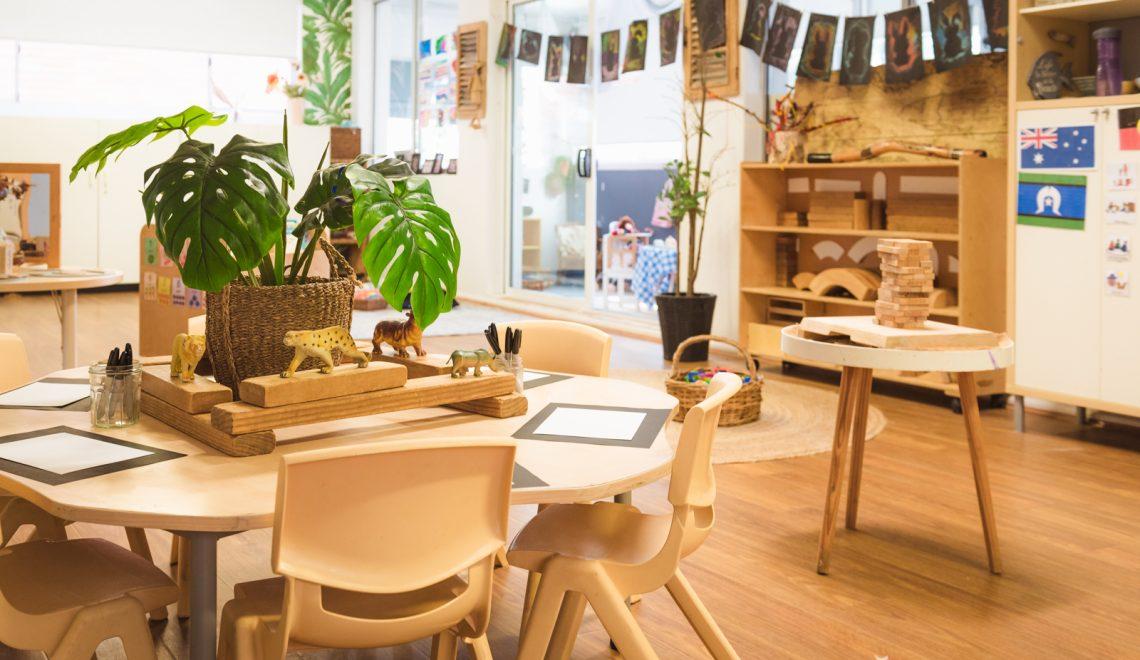
We all have a part to play
Be Bus Aware highlights the importance of bus safety for all road users. Buses are large, heavy vehicles and can’t stop quickly.
Bus Safety Week will be held from Monday, 21 February to Sunday, 27 February, 2022, to raise awareness for all road users on how to stay safe on and around buses, helping to reduce injuries and fatalities.
This animations show how to stay safe on and around buses whether you’re a driver, pedestrian, cyclist or passenger.
Millions of trips
NSW has one of the largest metropolitan bus fleet in Australia. Almost 4000 buses operate in the Sydney area, while another 1000 buses service the Newcastle, Wollongong and Blue Mountains areas. In addition, more than 3000 bus services operate in rural and regional NSW.
Over the five-year period up to June 2020, a total of 34 people were killed in crashes involving buses in NSW. Of the 34 fatalities, 15 were pedestrians. During the same five-year period, 362 people were seriously injured in bus crashes, including 69 pedestrians and 18 bicycle riders.
Pedestrians
Pedestrians are our most vulnerable road users and make-up half of all fatalities from bus crashes in metropolitan areas. Bus Safety Week promotes safety for pedestrians, who should:
- Plan ahead and don’t rush for the bus
- Obey traffic signals and cross with care
- Avoid being distracted by mobile devices
- Stand back from the kerb when waiting for a bus
- Wait until the bus has gone then use a safe place to cross the road.
Parents and carers
School-aged children might seem independent, but they still need a hand. Remember:
- Always meet your child AT school or the bus stop. NEVER wait on the opposite side of the road and call them across.
- Always supervise your child and hold their hand when walking to and from the bus stop or interchange and when crossing the road until they are at least 10
- Wait until the bus has gone then use a safe place to cross the road
- Encourage your child to take a seat quickly when they get on the bus and to buckle up if the bus has seatbelts.
Drivers
We know that because of their sheer size and mass, buses cause severe outcomes for other road users in crashes. Buses can’t stop quickly and drivers should:
- Give way to buses
- Not merge too closely in front of buses
- Keep a safe distance from buses in front of you
- Slow down to 40 km/h when bus lights are flashing.
Bicycle riders
- If you are overtaking a bus, avoid passing it when it is turning – buses can take up more than one lane when they turn
- Buses have blind spots and may not see you – take extra care
- You may travel in a Bus Lane, Tram Lane, Transit Lane or Truck Lane but not in a Bus Only Lane
- Follow the rules and ride with care.
Passengers
All bus passengers should:
- Press the button well before your stop to give the driver plenty time to stop safely
- Wait until the bus has stopped before you get out of your seat
- Buckle up if the bus has seatbelts.
If you are older, have a disability or are pregnant, try to sit closer to the front of the bus or in a courtesy seat and use the front doors, which can be lower and closer to the kerb.
Motorcycle riders
When riding a motorcycle, you need to take extra care near buses. Follow these helpful tips to keep you safe around buses:
- Buses have blind spots and may not see you. Take extra care.
- Avoid lane filtering near buses
- Buses may be longer than expected. Take care when changing lanes around buses.
- Avoid trying to overtake a bus when it is turning. Buses are likely to need extra space and may take up more than one lane.
- Always follow the road rules and ride with care.
Bus safety for children
Bus safety for school students (PDF, 378Kb) ![]() has more information on how families can help keep children safe getting on and off buses.
has more information on how families can help keep children safe getting on and off buses.
The Safety Town website has activities you can do with primary school children to help them keep safe on and around buses. There is also a section for families on driving safely around buses, and getting children to and from the bus stop safely.
Our Agent Walker: Operation Safe Transit bus safety video was produced for school students in years 5 and 6, who are starting to gain independence, and their teachers, parents and carers.
Working together
This campaign has been developed with input from the State Transit Authority, Bus NSW, Transport for NSW, and the NSW Police Force. The Department of Education, the Catholic Education Commission, the Association of Independent Schools and the Kids and Traffic Early Childhood Road Safety Education Program at Macquarie University also support Be Bus Aware and Bus Safety Week.









